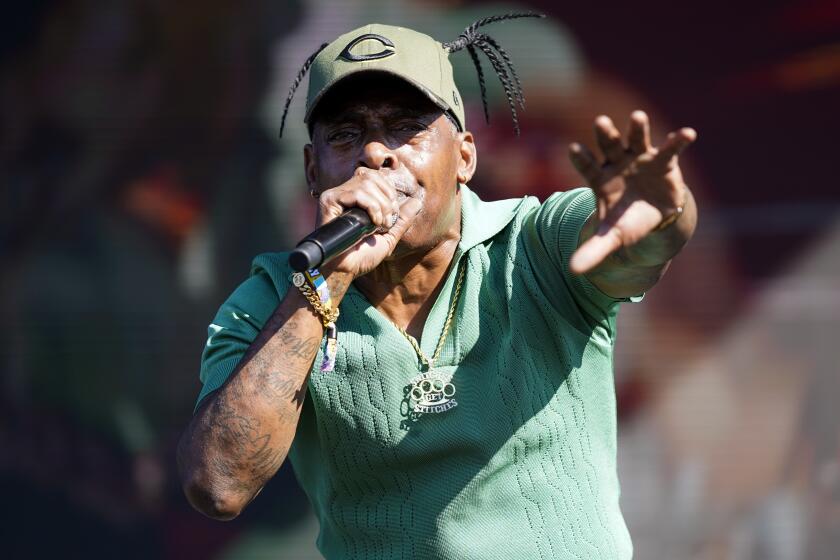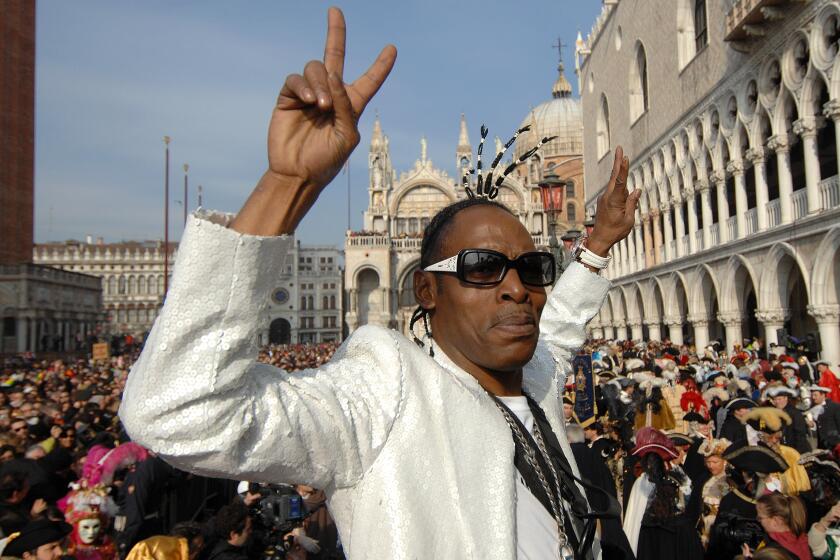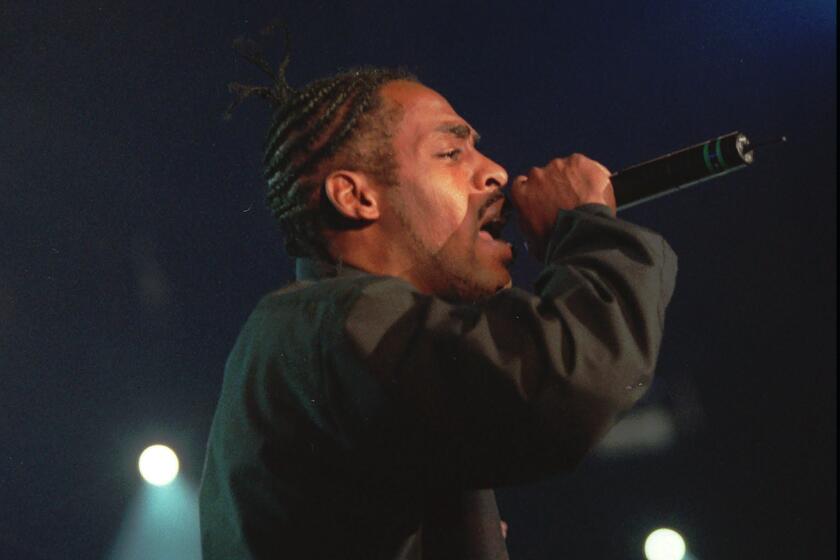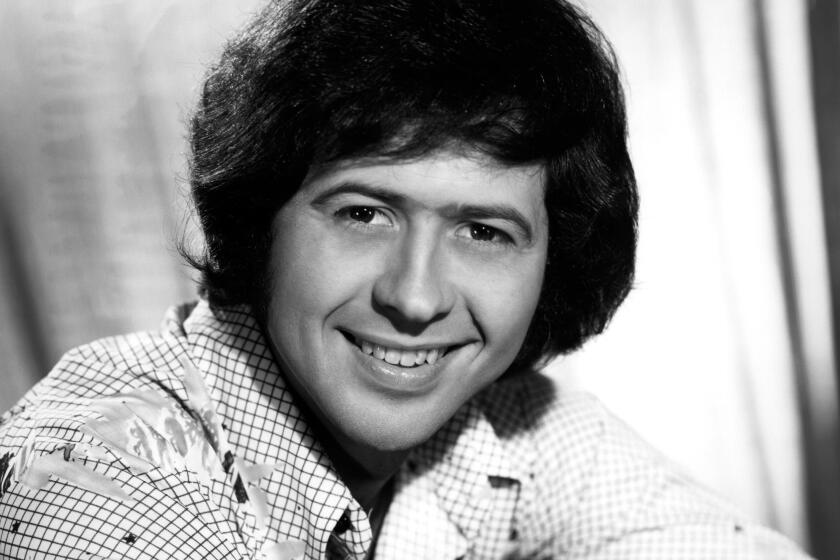Appreciation: Why Coolio’s death is hitting millennials so hard
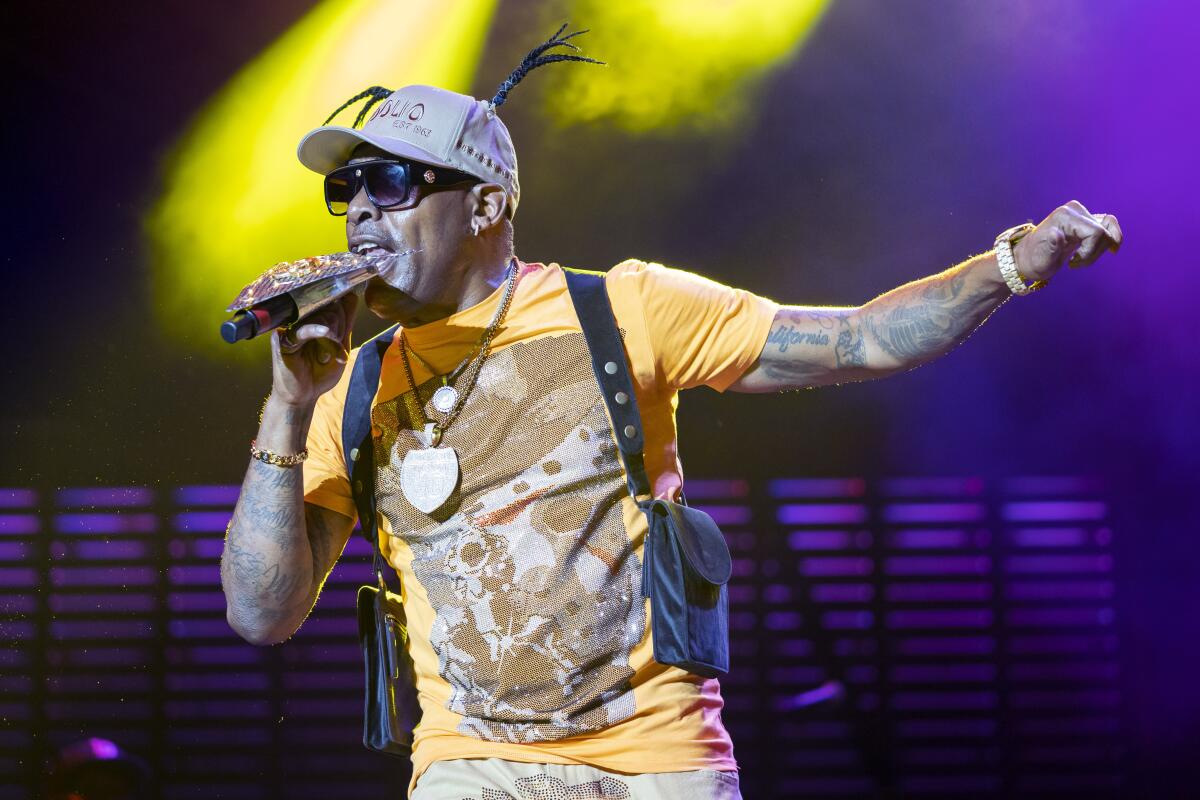
The entertainment world came to a standstill Wednesday with the news that hip-hop icon Coolio had died at age 59. At one point, he was the biggest rap star on the planet, with his series of singles in the ’90s reaching a level of ubiquity few ever achieve, most notably the LV-assisted “Gangsta’s Paradise,” from the “Dangerous Minds” soundtrack. The song came at a time when public interest in motion picture soundtracks was still at an all-time high.
But beyond Coolio’s artistic success, his status as a hip-hop legend is one of bridging the pop culture gap without accusations of compromising his credibility. He wasn’t just an entry point for a generation of hip-hop fans; he also built the bridge over the gap and crossed it with them.
A proper contextualizing of Coolio requires, at the very least, a look back at the effect of his 1994 pre-“Gangsta’s Paradise” album “It Takes a Thief.” The LP was released at gangsta rap’s most brooding and stigmatized. It contained a massive hit in “Fantastic Voyage,” which firmly established Coolio as someone with verifiable street cred who could channel Lakeside’s 1980 true-school hip-hop/R&B single of the same name and rework it with cutting-edge aesthetics. It was a track that could — and would — cross over to pop audiences without trying; MTV’s “1994 Year in Review” even highlighted it as one of the year’s most pivotal singles, able to look to the genre’s young past without sounding dated or overly nostalgic.
It was “Fantastic Voyage” that brought Coolio to Nickelodeon’s hugely popular “All That” — part of the era-defining Saturday night “Snick” line-up. Revisiting his appearance today, there’s something really special about how Coolio engaged with the children’s sketch show.
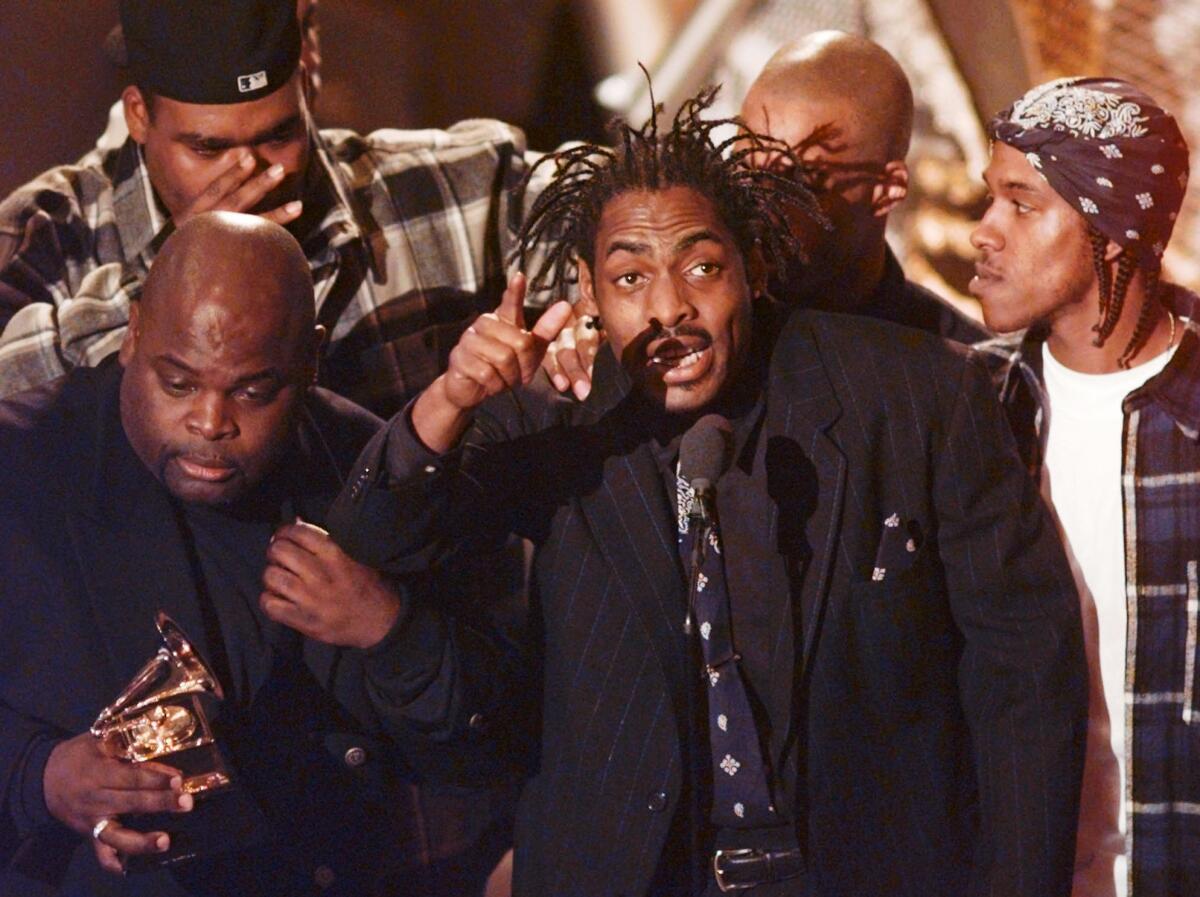
Although some acts visibly phoned it in or had qualms about appearing on a kids show, Coolio put his all into it, in his pre-performance skit with Kel Mitchell’s recurring character Ed From Good Burger and then rocking the crowd of youngsters, many of whom were likely experiencing their first live rap show. But his impact extended far outside the famed Nickelodeon Studios at Universal Studios, Florida — it was a generation having its hip-hop awakening in front of television sets.
What wound up making Coolio’s appearance all the more special was its timing and the relationship he built with Nickelodeon’s young viewers. Later that year, when “Gangsta’s Paradise” and its subsequent album and further singles became the biggest things in hip-hop and pop music, Coolio continued to appear on Nickelodeon.
Most important, he did it without pandering to a corporate, kid-friendly network. He was a hip-hop megastar who between appearances on “Saturday Night Live” and the Grammys was doing the theme music for Nickelodeon’s sketch comedy series “Kenan and Kel” and appearing on the channel’s annual ’90s fundraiser “The Big Help.” Same trademark hair, same fashion, same songs — he was always so effortlessly but undeniably Coolio.

But it wasn’t just Nickelodeon — Coolio’s charisma was disarming in such a way that even the most family-friendly media featured him without him having to water himself down or make apologies for who he was. He was in the pages of both Disney Adventures and the Source at the same time. With hip-hop still part of the counterculture then, its ambassadors often faced struggles or criticism, but Coolio somehow balanced rapping with Muppets and appearing on “The Rosie O’Donnell Show” with building momentum toward his 1997 album “My Soul” and his hit “C U When You Get There.”
Perhaps it’s this ubiquity that has allowed Coolio to maintain a place in millennials’ hearts for so long. Then, at the turn of the century, when Coolio became one of the first hip-hop stars to move into reality television — we got to be a part of his life and grow up with him in a new way.
Maybe this is also why Coolio cameos were weekend must-sees during the home video rental era, including in “Leprechaun in the Hood” (2000) and the 2003 Ben Affleck film “Daredevil” (the director’s cut, with its restored subplot of the superhero’s lawyer alter-ego Matt Murdock defending Coolio’s character in court, was vastly superior). Coolio always had time for us as kids. In turn, we always had time for him as adults, when he’d make viral appearances at everything from the Gathering of the Juggalos to Pornhub.
Coolio made music kids loved without it being “kids music.” He was both edgy and warm, with a presence that bridged the gap for millennials from childhood to adolescence without having to make it his sole focus.
When you consider the lineage of pivotal hip-hop stars like Whodini, Run-D.M.C., Hammer, etc., Coolio rightfully deserves a treasured spot among them.
